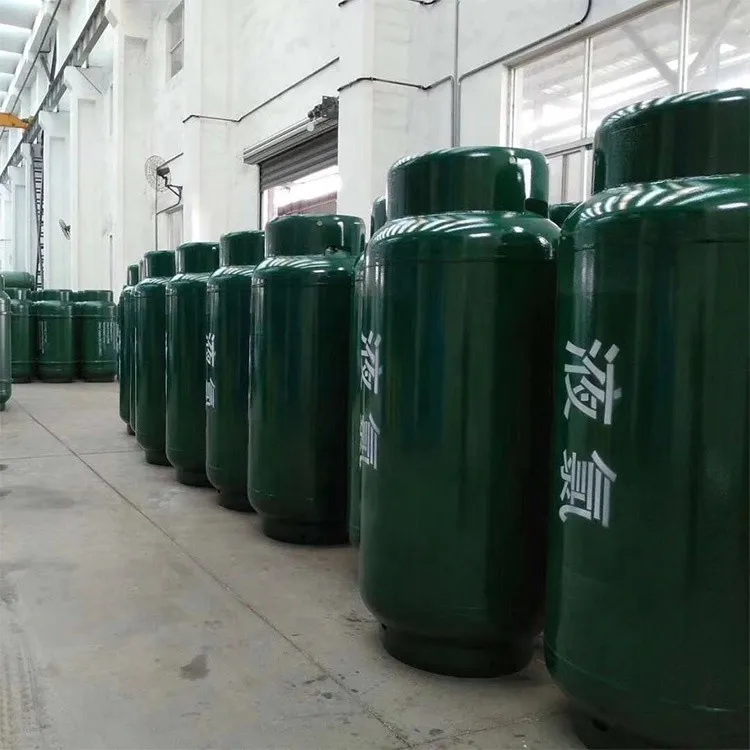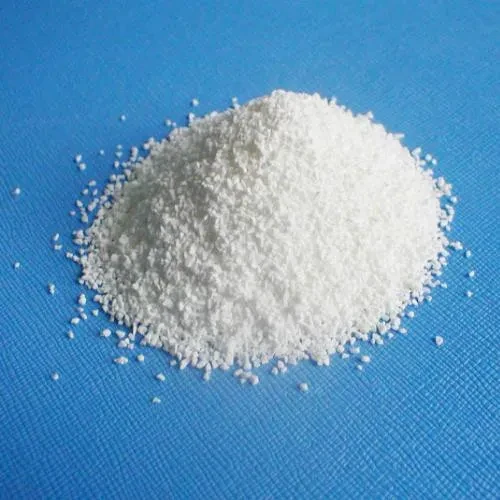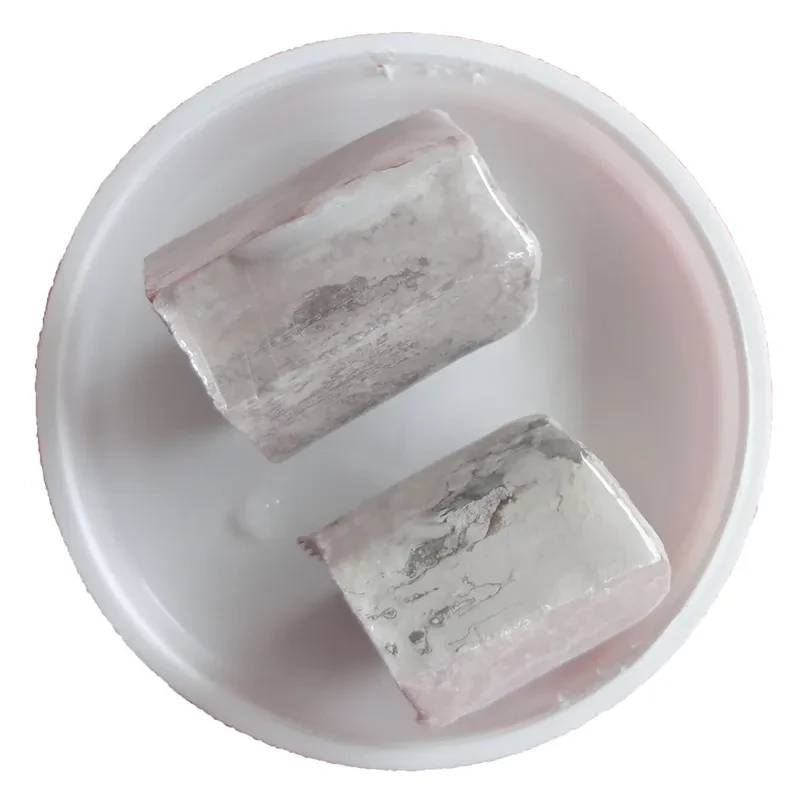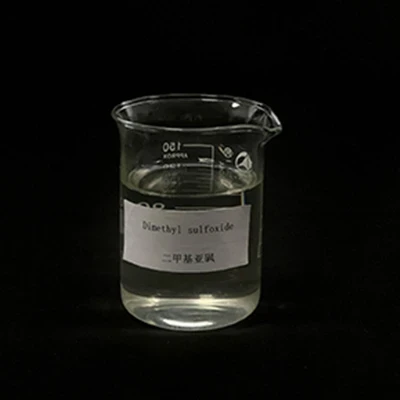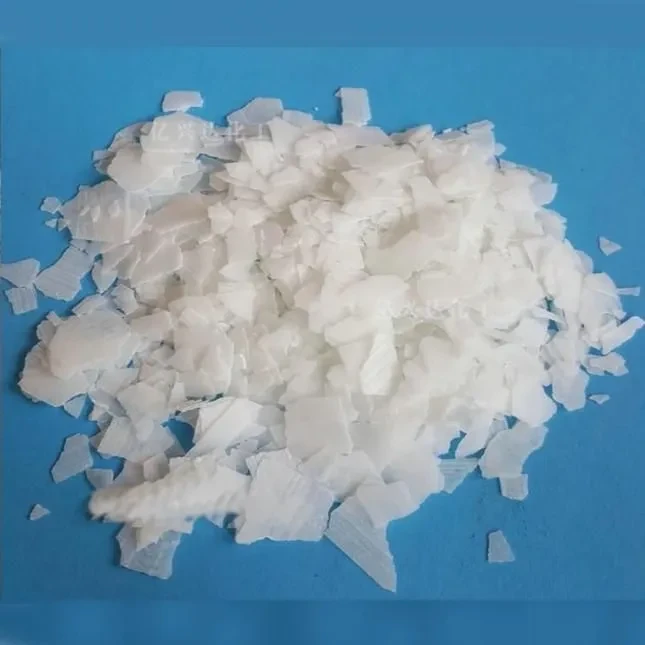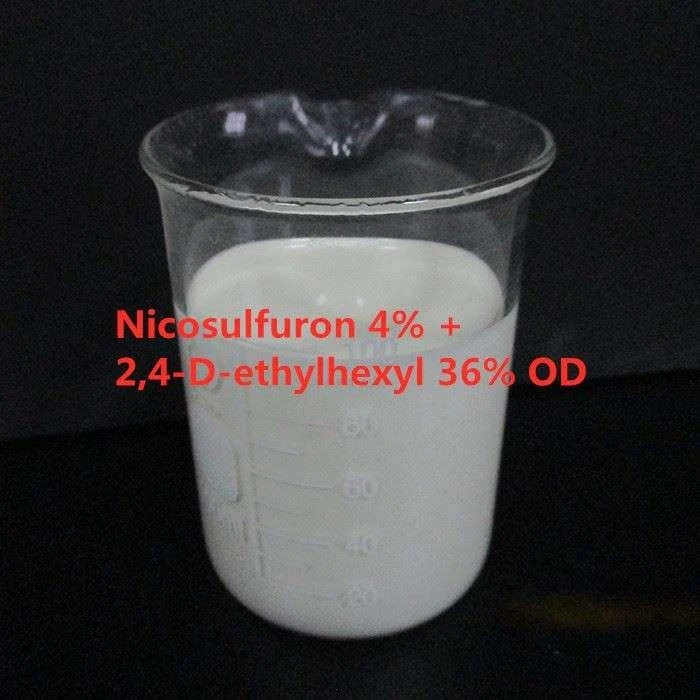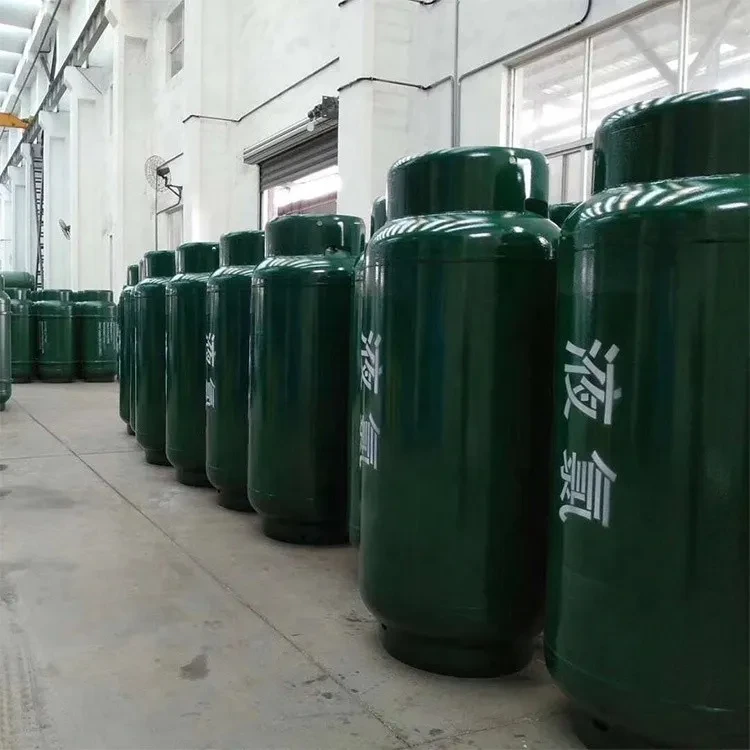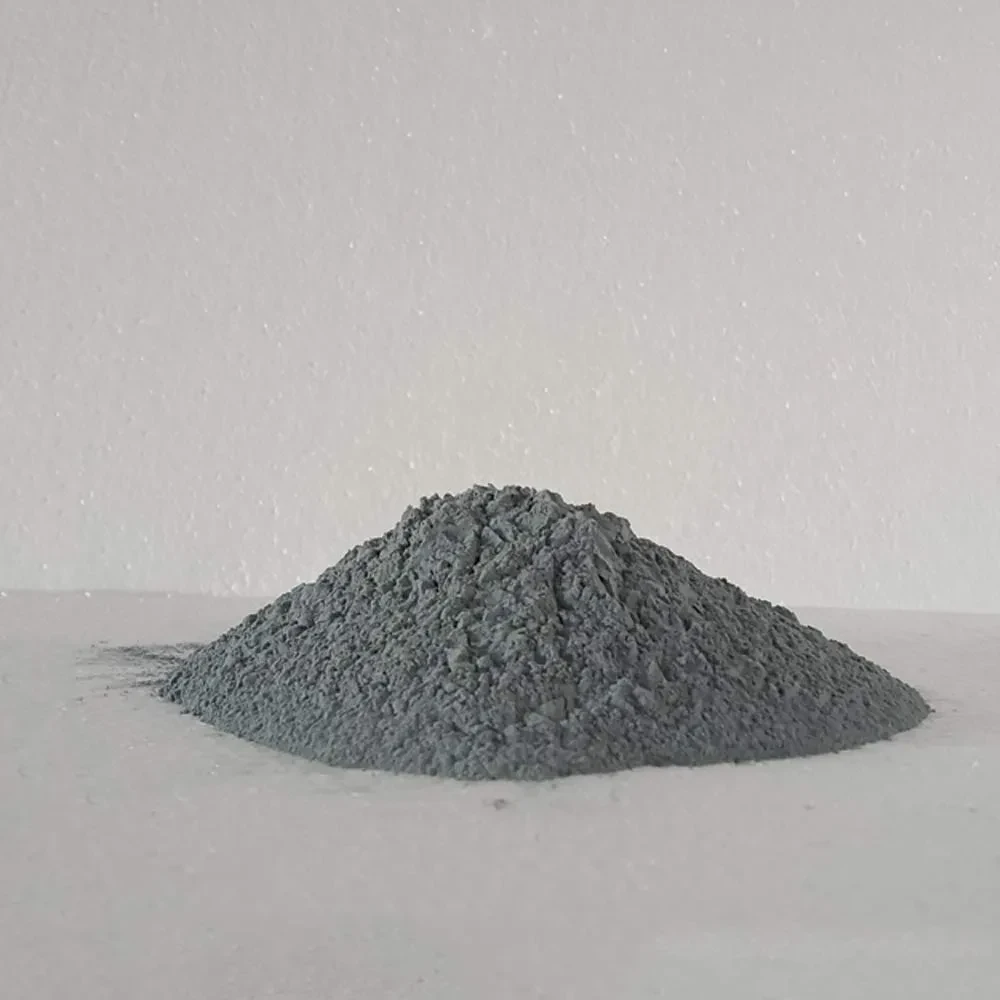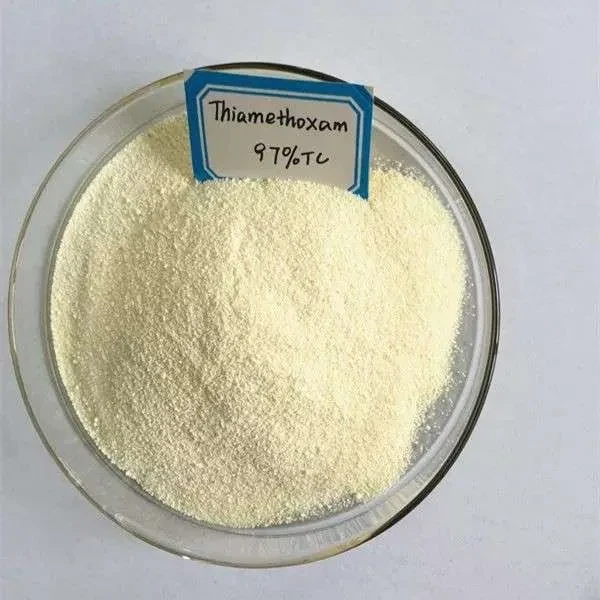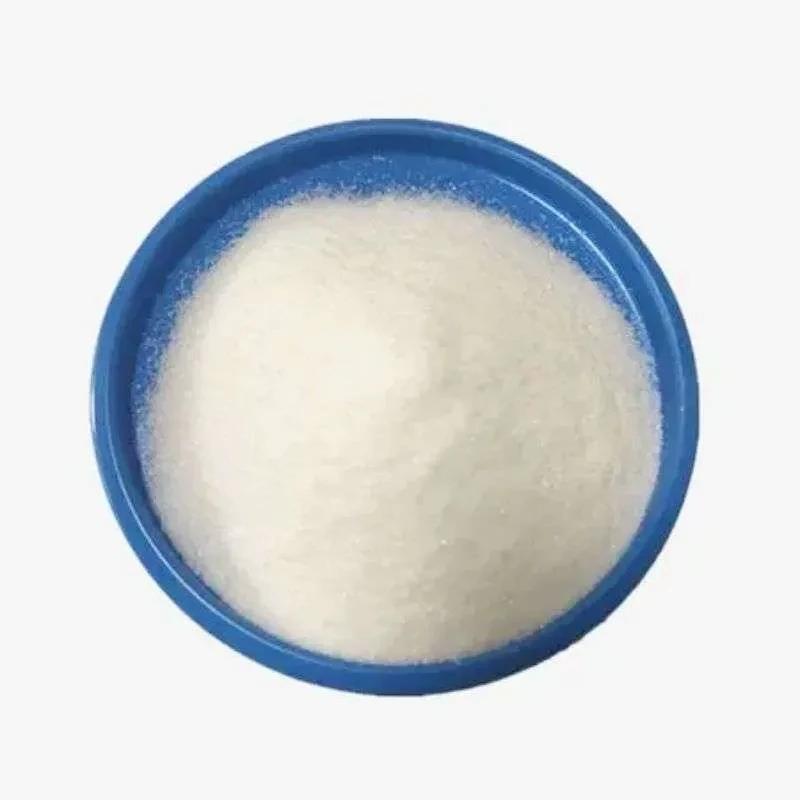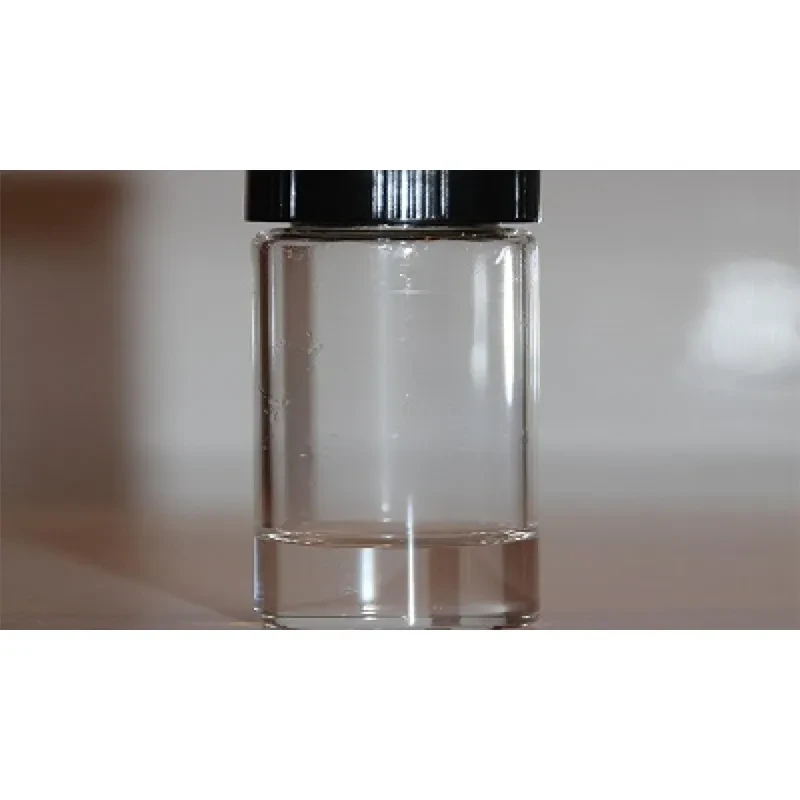CAS: 7782-50-5
MF: Cl2
MW: 70.91
|
Melting point |
−101 °C(lit.) |
|
Boiling point |
−34 °C(lit.) |
|
density |
1.468(0℃) |
|
vapor density |
2.48 (vs air) |
|
vapor pressure |
4800 mm Hg ( 20 °C) |
|
storage temp. |
-20°C |
|
solubility |
slightly soluble in H2O |
|
form |
Liquid |
|
color |
Clear yellow-green |
|
Odor |
Highly pungent, bleach-like odor detectable at 0.02 to 3.4 ppm (mean = 0.08 ppm) |
|
Odor Threshold |
0.049ppm |
|
resistivity |
1E9 μΩ-cm, 20°C |
|
Water Solubility |
0.7 g/100 mL |
|
Merck |
13,2112 |
|
BRN |
3902968 |
|
Exposure limits |
TLV-TWA 1 ppm (~3 mg/m3) (ACGIH and MSHA); ceiling 1 ppm (OSHA), 0.5 ppm/ 15 min (NIOSH); IDLH 30 ppm (NIOSH). |
|
Dielectric constant |
2.1(-46℃) |
|
Stability: |
Stable. Incompatible with reducing agents, alcohols. |
|
Hazard Codes |
T,N,O |
|
Risk Statements |
23-36/37/38-50-8 |
|
Safety Statements |
9-45-61 |
|
RIDADR |
UN 1017 2.3 |
|
OEL |
Ceiling: 0.5 ppm (1.45 mg/m3) [15-minute] |
|
WGK Germany |
2 |
|
RTECS |
FO2100000 |
|
DOT Classification |
2.3, Hazard Zone B (Gas poisonous by inhalation) |
|
HazardClass |
2.3 |
Chlorine does not occur in the elemental state because of its high reactivity. In nature the element occurs mainly as sodium chloride in seawater. Chlorine is extensively used in the production of paper products, dyestuffs, textiles, petroleum products, medicines, antiseptics, insecticides, food, solvents, paints, plastics, and many other consumer products. Chlorine is mainly used as a bleach in the manufacture of paper and cloth and to make a wide variety of products. Most of the chlorine produced is used in the manufacture of chlorinated compounds for sanitation, pulp bleaching, disinfectants, and textile processing. Further use is in the manufacture of chlorates, chloroform, and carbon tetrachloride and in the extraction of bromine. Organic chemistry demands much from chlorine, both as an oxidising agent and in substitution. In fact, chlorine was used as a war gas in 1915 as a choking (pulmonary) agent. Chlorine itself is not flammable, but it can react explosively or form explosive compounds with other chemicals such as turpentine and ammonia.
Chlorine gas is used to synthesise other chemicals and to make bleaches and disinfectants. Chlorine is a powerful disinfectant and in small quantities ensures clean drinking water. It is used in swimming pool water to kill harmful bacteria. Chlorine has a huge variety of uses, for instance, as a disinfectant and purifier, in plastics and polymers, solvents, agrochemicals, and pharmaceuticals, as well as an intermediate in manufacturing other substances where it is not contained in the final product. Also, a very large percentage of pharmaceuticals contain and are manufactured using chlorine. Thus, chlorine is essential in the manufacture of medicines to treat illnesses such as allergies, arthritis, and diabetes.



